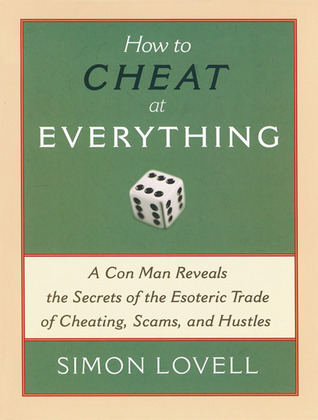What do you think?
Rate this book


456 pages, Paperback
First published December 31, 2006
It is an essential ingredient of most con games that the man who is being swindled believes that he has an unfair advantage.
Remember that your greed is the hustler's greatest weapon.